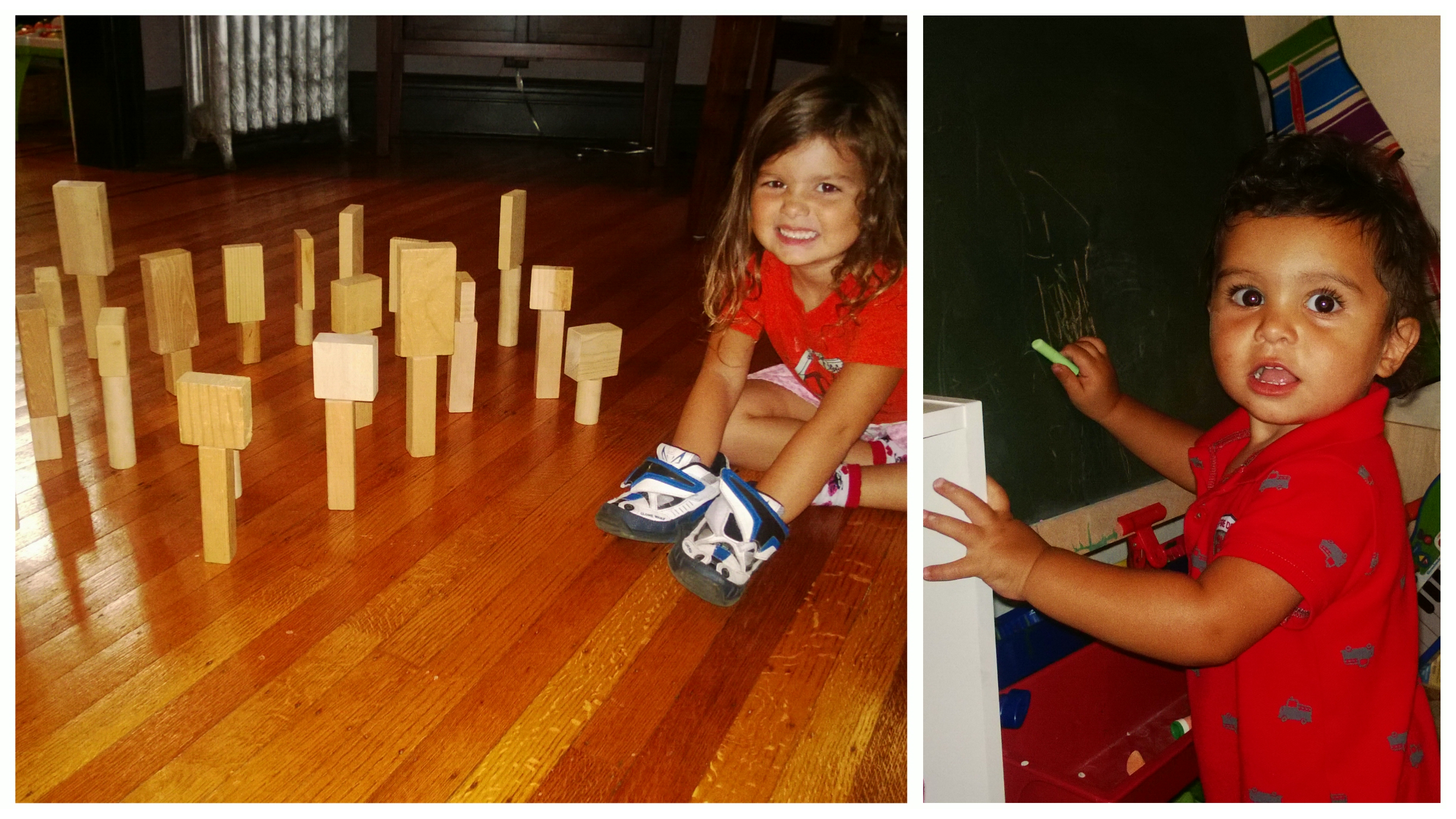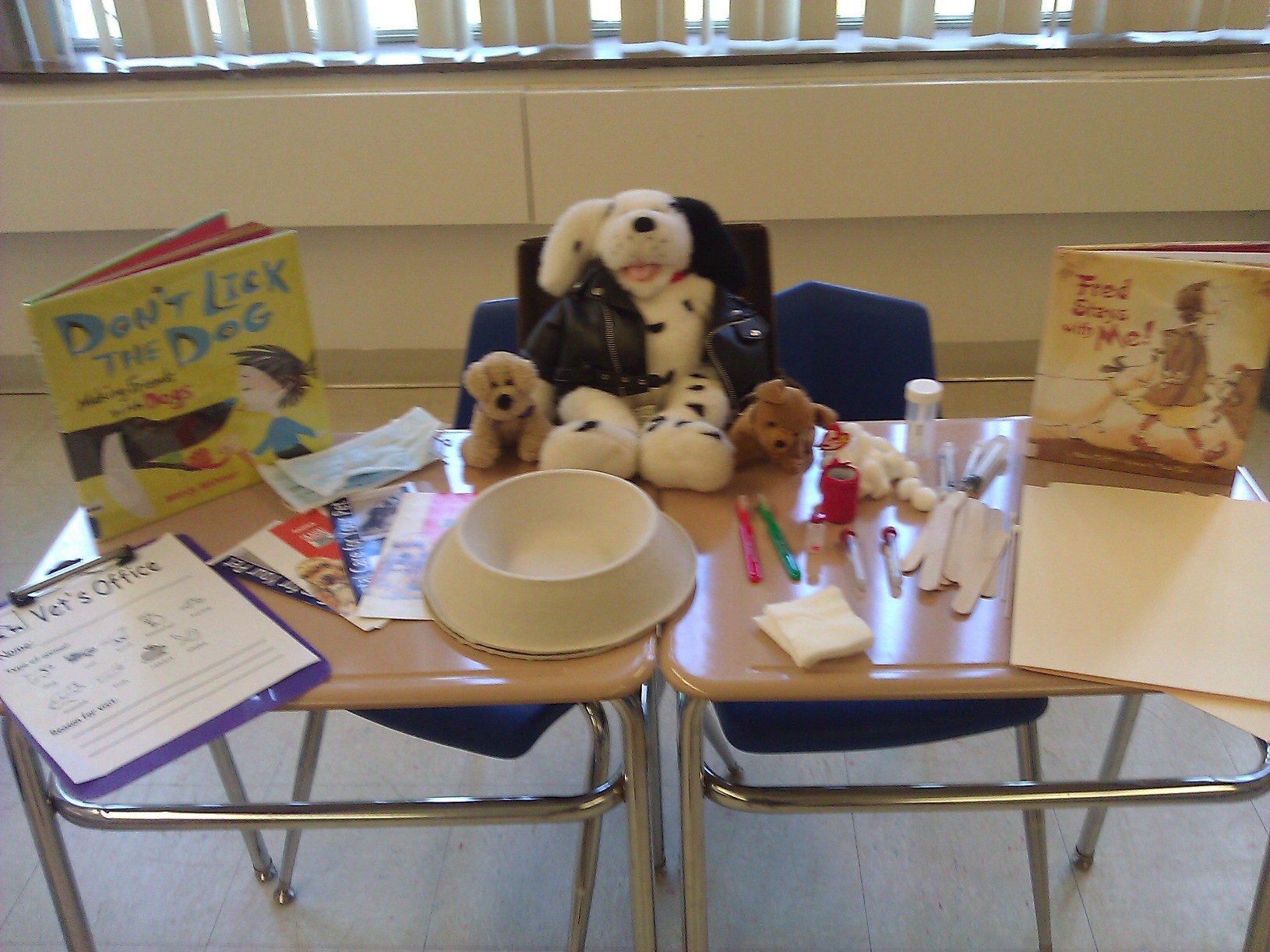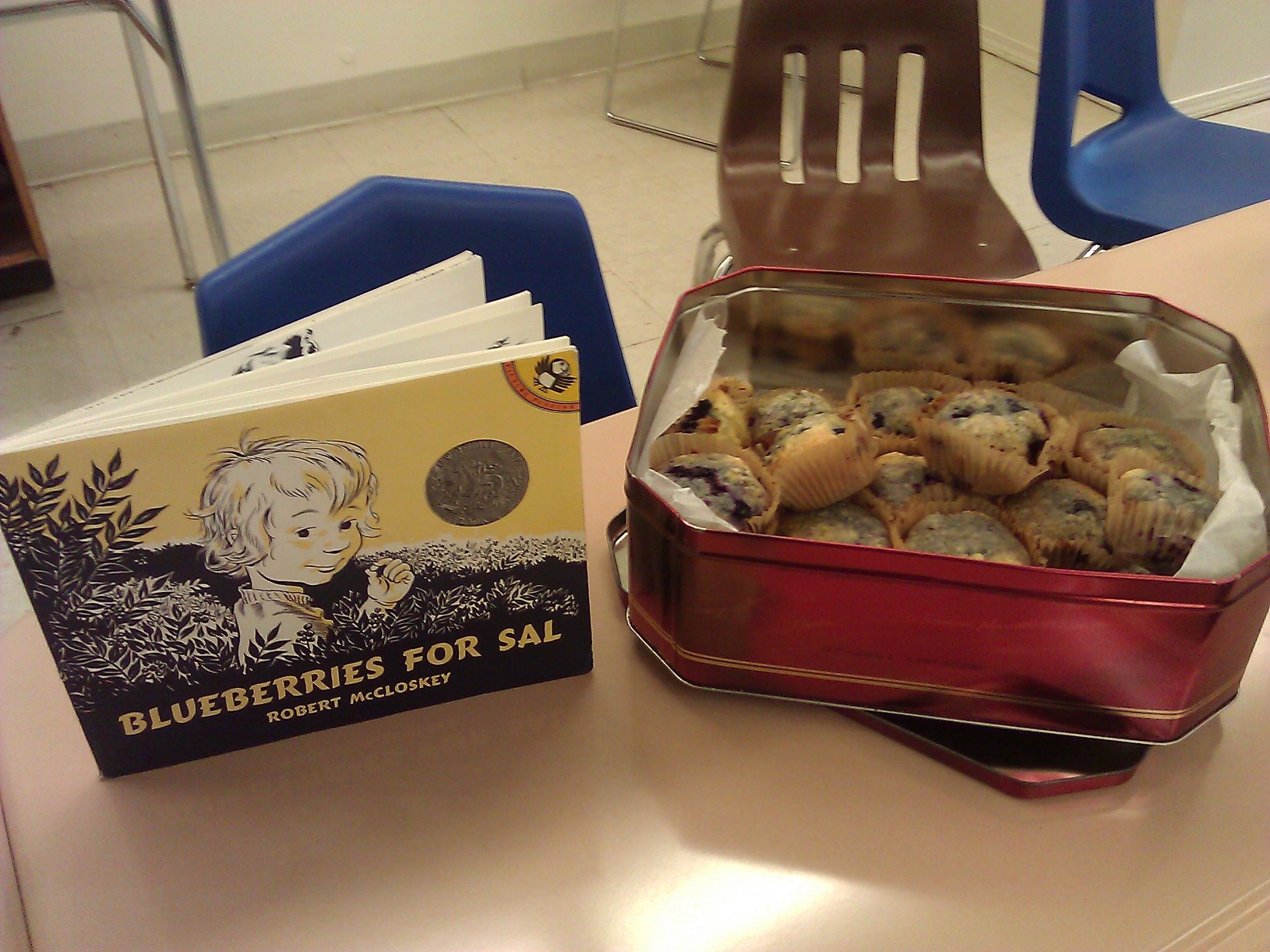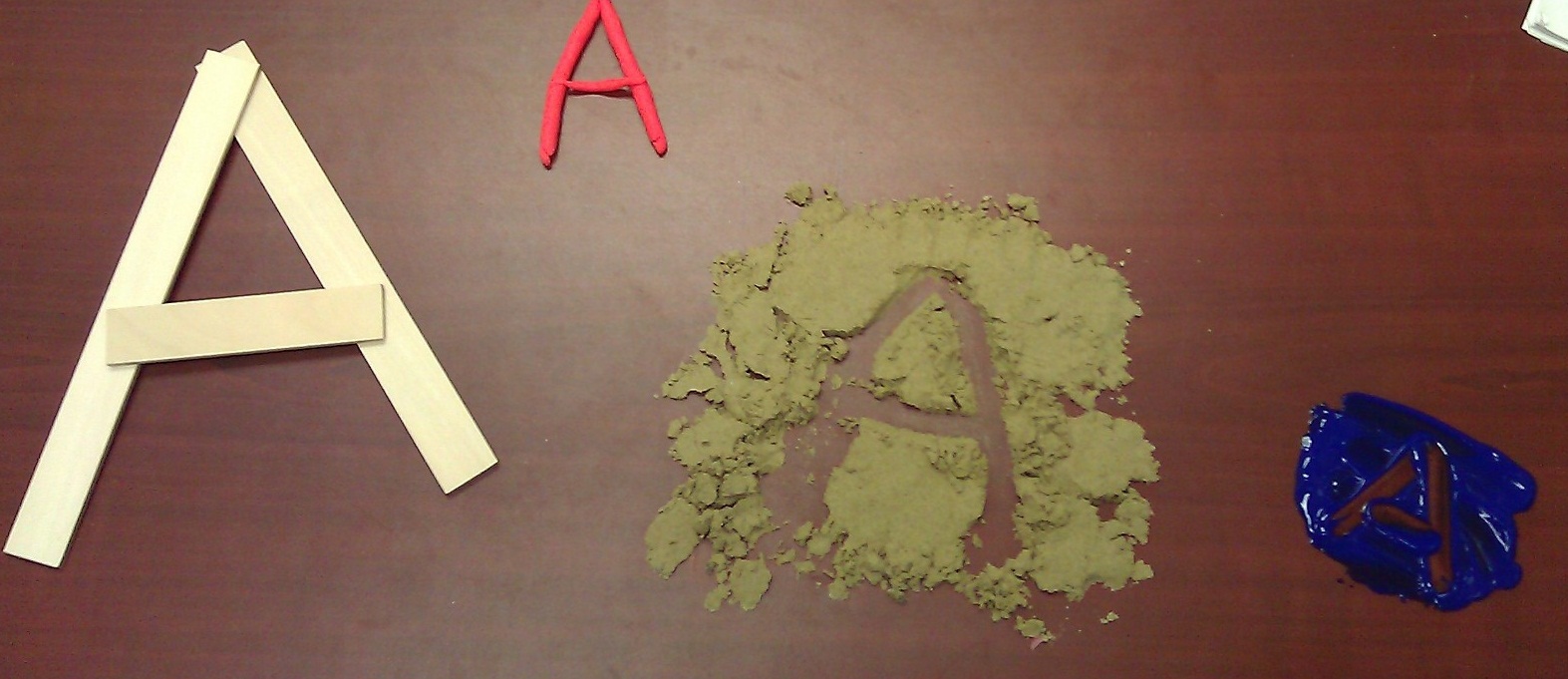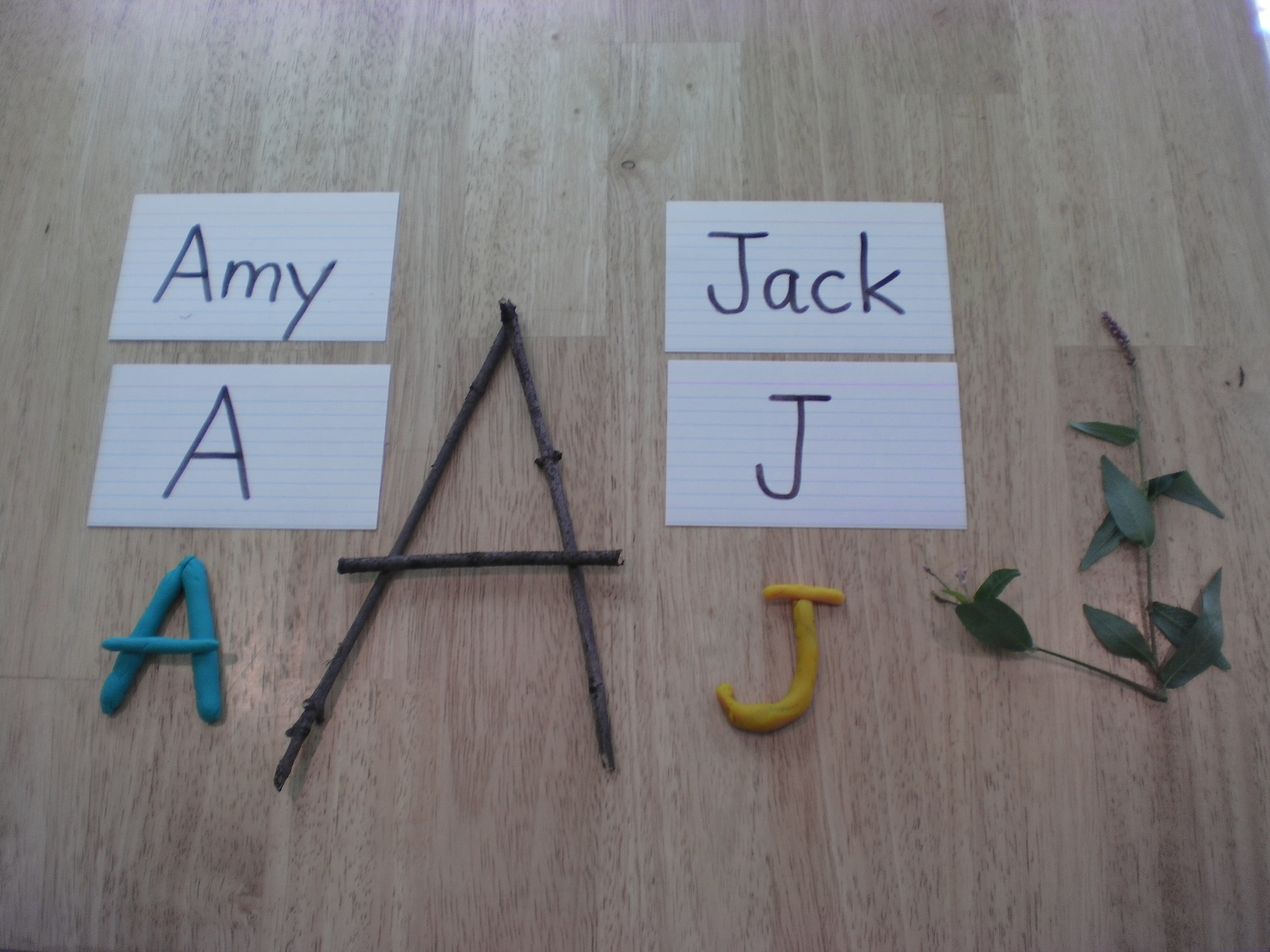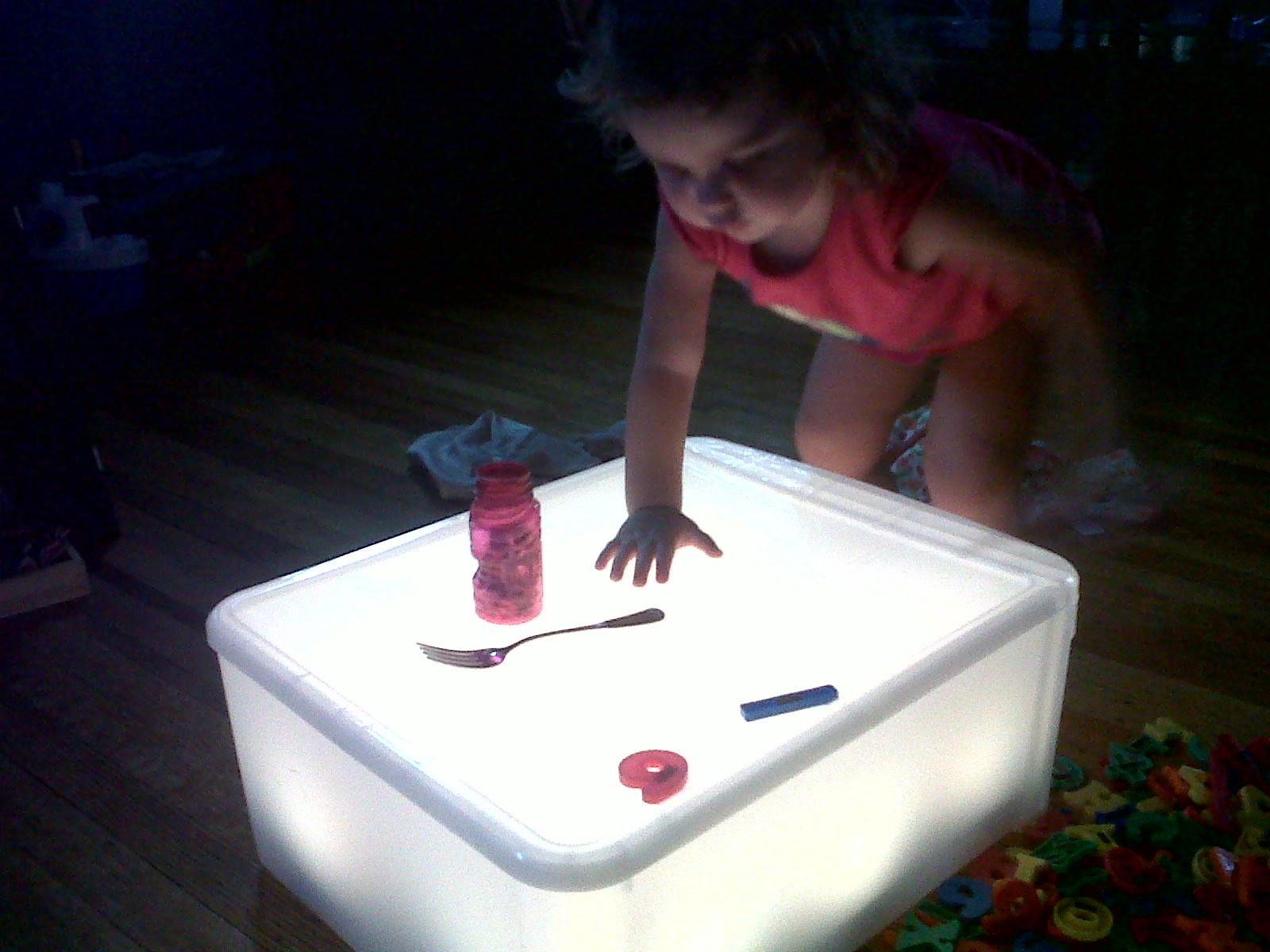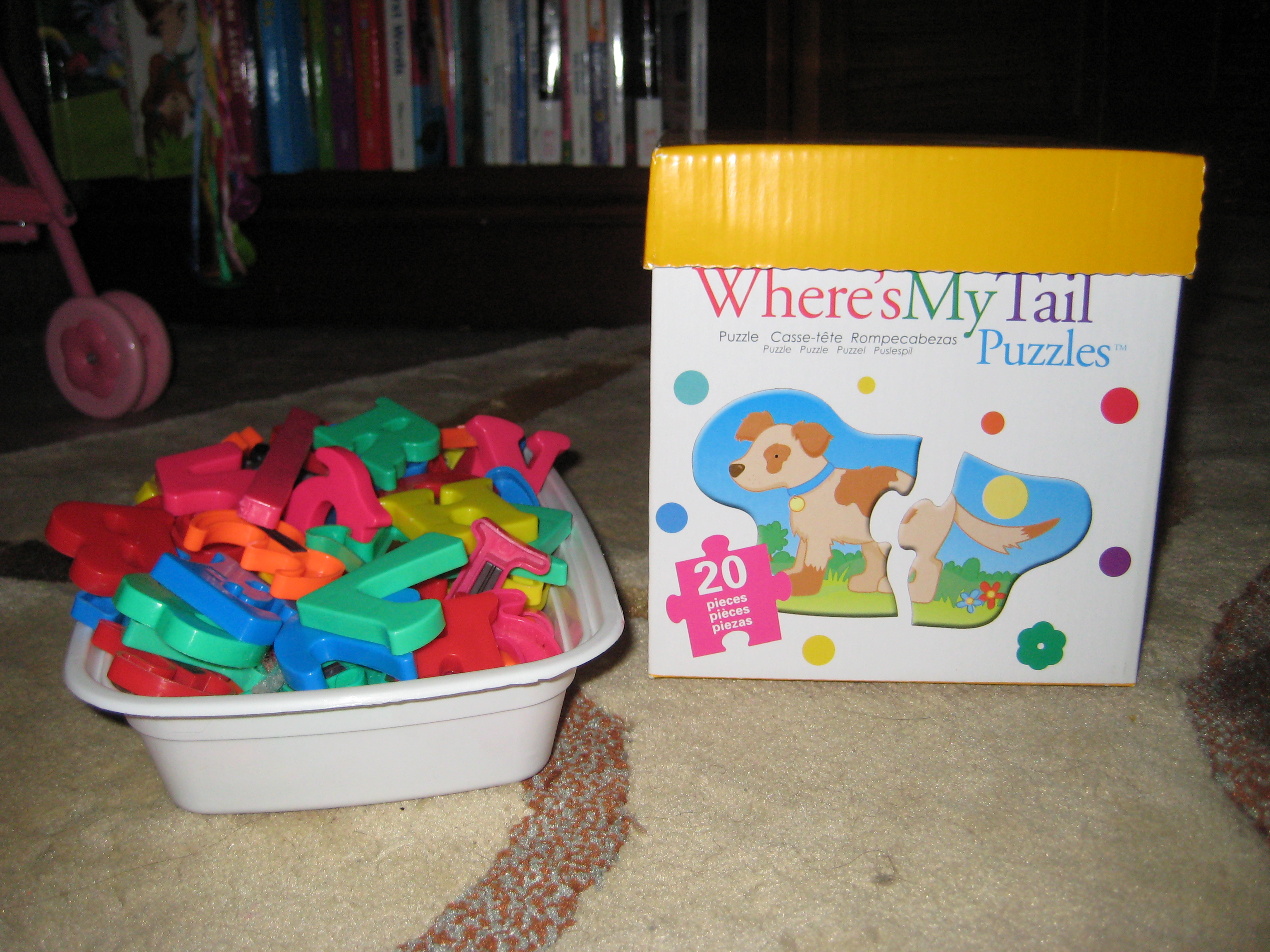Recently I did some work with Parents magazine about the importance of preschool and what a quality preschool looks like. The first topic I was asked to address is something that I am asked often: How do you “prepare” a child for preschool? My answer is always to remember three things: Talk to them, Read to them and Let them PLAY. Continue reading “How to Get a Child “Ready” for Preschool”
Category: Preschooler
Preschooler PhD tips.
Prop Boxes in Early Childhood Classrooms
“Prop Boxes” are essentially a box full of materials related to the same theme or topic. The children play with the materials, act out scenarios related to the theme and add the materials to their own play. When using Prop Boxes in my own preschool classroom, I found that not only was the children’s play enhanced by using the materials, but their language and social interaction also increased. The children were eager to use the materials in their play and to represent the theme in the purest way possible. Continue reading “Prop Boxes in Early Childhood Classrooms”
Linking Children’s Literature with Cooking
Children’s literature is an obvious part of early childhood classrooms. Children learn about and come to understand the world through their experiences with fictional and nonfictional stories. Cooking is another part of early childhood classrooms that I feel should be just as obvious. The skills that children learn when participating in a cooking experience are too many to list: Math, Science, Literacy, Social/Emotional…and on and on. Continue reading “Linking Children’s Literature with Cooking”
First Explorations with Letters
Before children are even using writing utensils to attempt to write letters, they are making them with whatever they can find. Here are a few basic items to have in your classroom that children can use to explore the shapes, sizes and structures of letters for the first time: Continue reading “First Explorations with Letters”
Basic Tips for ESL/ELL Instruction
Almost every classroom in the United States has children whose first language is not English. Early Childhood teaching strategies are very appropriate for working with this population of children. Here are a few tips for teachers with ESL children in their classrooms: Continue reading “Basic Tips for ESL/ELL Instruction”
Continue reading “Basic Tips for ESL/ELL Instruction”
The Different Types of Alphabet Books
ABC Concept books don’t focus on one specific theme for the book, but rather focus on learning the actual letters. The children will primarily learn the alphabet.
ABC Content books have one central theme and each letter represents something from that theme. The children will learn theme-specific vocabulary and the alphabet.
ESL/ELL Instruction – It’s easier than you think!
Whether you have ESL children or not in your classroom, having a variety of word games to be played by pairs of students or small groups is ideal. Pocket charts are great for these types of games. The key is to do activities where all students can interact and move around. Continue reading “ESL/ELL Instruction – It’s easier than you think!”
What’s your name?
So it’s time for your Kindergarteners to learn the letters of the alphabet. I mean really learn the letters. They all can sing the ABC song, but can they really point to each letter and identify it? Probably not. (And that’s fine by the way). I suggest using the children’s names to jumpstart your exploration into letters. Continue reading “What’s your name?”
Make-Your-Own Light Table (and add some Reggio Emilia to your life)
Before becoming a college professor and developing my Early Childhood Education program, I was privileged enough to teach infants, toddlers and preschoolers at a Reggio Emilia-inspired laboratory school at Virginia Tech. While a teacher at the school, I worked deeply with the Reggio philosophy and was able to see what can happen when teachers listen to children and follow their lead in their learning. Continue reading “Make-Your-Own Light Table (and add some Reggio Emilia to your life)”
Adding Letters to Puzzle Play
While playing with this animal puzzle one afternoon, Miss H decided to add a new material. After we had put all of the animals together and were talking about what each animal was, she got up, went to her toy shelf, and came back with her container of letters.
